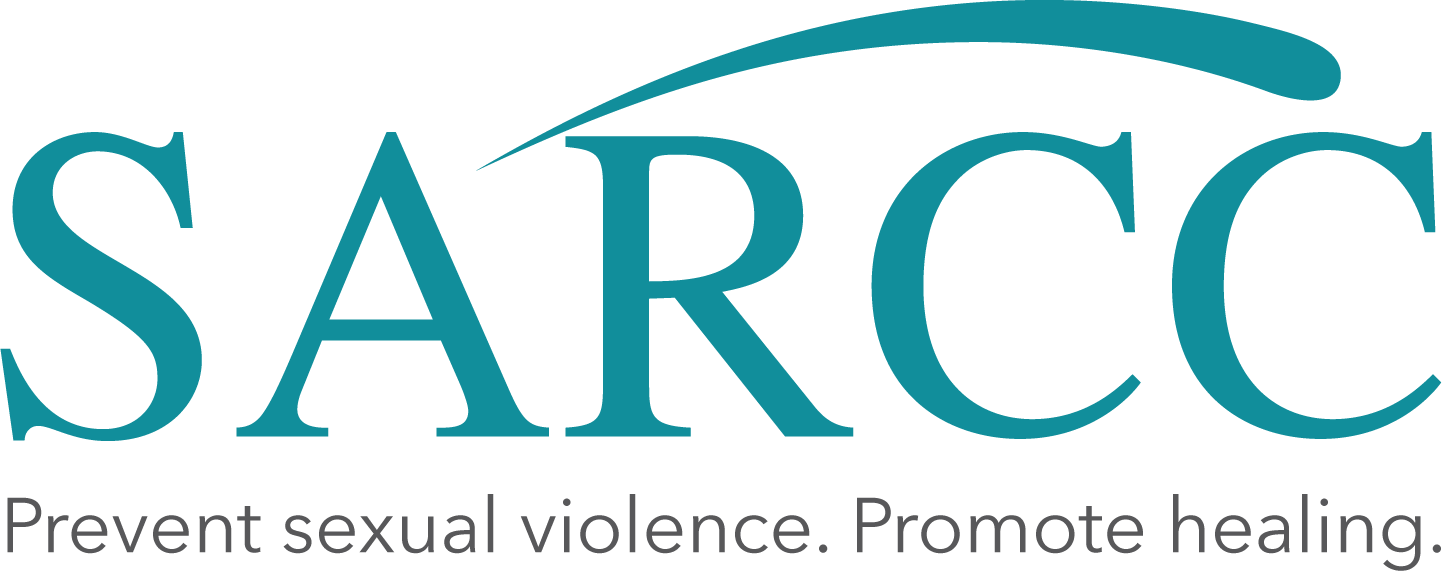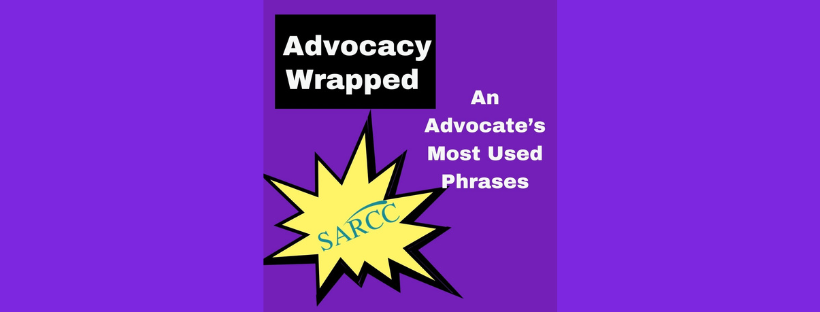Growing up in rural Pennsylvania, I didn’t know much about Rev. Dr. Martin Luther King and why he had his own holiday. I knew he was a preacher and an activist. I knew he was assassinated and I was vaguely aware of his “I Have a Dream” speech. But honestly, it didn’t mean too much to me as a white child or teen except that sometimes we had off school.
That changed 20 years ago when I took a course in college about peace & conflict resolution. I wasn’t sure what to expect in that class, except I could use it for my necessary core/foundation courses and that people had good things to say about it. Twenty years later, I not only have wonderful things to say about that class, but also remember it as being one of my first exposures to learning about racism.
When evaluating something historically, we need to remember the context–the good, bad, and ugly. Dr. King lived in a time and place where the problem of racism wasn’t just telling someone where they had to sit on a bus. It wasn’t just telling someone they had to go to a certain school because of their race. It wasn’t just not allowing someone to live in a nice area because of the way they looked. It was oppressing people due of their skin color and not allowing that group of people to question why they were being treated differently. It was threatening and committing violence towards people who asked “Why?”
A good example of this is Ruby Bridges, the little African American girl who is the symbol of desegregation of schools. As a six year old child, she broke the color barrier by going to a white school. If we know the story, we picture a little girl walking down the steps of her school, being flanked by security. What we don’t usually see is Ruby’s perspective–the crowd of white people, holding signs with slurs, throwing things, screaming hate towards Ruby. Imagine a six year old walking into school while people are yelling that they hope they die AND nothing being done to prosecute the people shouting hate. This was not something that happened hundreds of years ago; Ruby Bridges is only 68 years old. Many of us have parents or grandparents that are older than Ruby Bridges.
Dr. King and other civil rights activists of the time asked, “Why?” They brought attention to these issues by organizing things like sit-ins, protests, and non-violent assembly–all without threatening violence.
As a result of asking “Why?”, in his 39 years, Dr. King was arrested 29 times. His first arrest, as a young protester supporting Rosa Parks, was in 1956. He was driving 30 mph in a 25 mph zone.
Without incriminating myself and most people I know, I think it’s safe to say that most people have driven 5 miles per hour over the speed limit at some point in their lives. Imagine the last time you did that and not only getting a speeding ticket but also being arrested. It had nothing to do with driving fast and everything to do with who Dr. King was–a young Black man who was fighting oppression in the south.
An arrest in 1963 was for demonstrating without a permit. I don’t know the exact details, but again, keeping context in mind–would he have been granted a permit? Probably not. It was during this arrest that Dr. King continued his activism from within the prison walls by writing “Letter from Birmingham Jail.” This letter was a response to a group of white pastors who said that activists should allow justice to be found in the court system rather than fighting for it. Dr. King felt a court system in power was not going to allow the oppressed to have a voice, which is why he encouraged activism.
“Letter from Birmingham Jail” is the written piece with the famous quote “Injustice anywhere is a threat to justice everywhere.” It reminds me a paraphrased concept from anti-oppression trainings we’ve had over the years at SARCC that when you guarantee the rights for the margins of the margins, you’re also guaranteeing the rights for everyone.
What we do at SARCC can be explained by Dr. King’s words, “We know through painful experience that freedom is never voluntarily given by the oppressor; it must be demanded by the oppressed.” This is the core concept of advocacy. While I firmly believe the system should be set up to protect survivors, it’s not. Sometimes it requires phone calls and “Why?” and “Why not?” This is not just the root of self-advocacy I encourage my clients to participate in, but the individual advocacy I provide as a counselor/advocate. It’s also wonderfully displayed by the systems advocacy that victim service providers do–working on systemic injustices on a macro-level to support all survivors.
The start of the United States came as a result of a wartime revolution against the British. So why is that violent revolution revered, but the nonviolent protests of the 60s draped in shame?
We have made great strides in our country since the Civil Rights Act, but we still have a long way to go.
May your Dr. King Day be one of reflection and action.
#counselorblog



